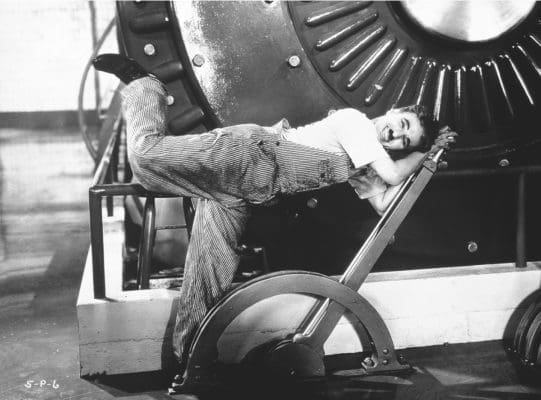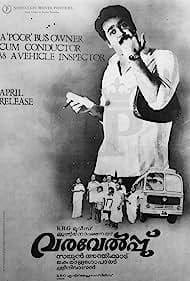
There are some tangible qualities you can find in the mise-en-scene of certain directors. The way they use certain elements to bolster the effectiveness of the scene, as well as some signatures that find their way into every film they make. Over the years of viewing and studying cinema, one does start noticing certain core similarities in the way a group of directors tell their story. This is not copying, rather an influence being carried down from one generation to another. One of the striking auteur styles is the ability to lace humour and deliver a lot of messages packed in it. The group of directors who have mastered this auteur style can be termed as the jesters.
Jesters were the most intelligent among the courtiers of a traditional king’s court. They were the ones to provide entertainment in the form of comedy to the king and the groups of people gathered in his court. The jesters were sharp tongued and often used humour as a tool to educate and entertain the masses. Their sayings were often well known for their multiple layers of meaning. The kings would often be entertained by their presence. Famous examples would be Tenali Raman and Birbal.
This group of directors are also similar. They express a social message through humour. Their films would be light hearted dramas that take serious turns at multiple points. As the films themselves are not very complicated in terms of plot, the level of relatability adds to the popularity of such films. Some of the most famous jester directors would be Charlie Chaplin, Sathyan Anthikad and Rajkumar Hirani.
Charlie Chaplin needs no formal introduction. His films spoke about global issues and enveloped them in humour and satire. Much beyond all the antics of his trademark character The Tramp, all his films spoke about the problems faced by the working classes. The films often would have a miserable setting and backdrop. But the genius of Chaplin is how he managed to make the audience laugh at these problems as well as these miserable settings. His cosmopolitan approach of keeping a simple story that can be narrated in any way and blending the situations of drama with effective screwball and satirical comedy really culminates into an entertaining and intelligent piece of cinema. He encourages us to laugh at the miseries of the common people but at the same time mocks the greater power that caused all this misery. Modern Times is an excellent example from Chaplin’s filmography that incorporates the jester approach really well. The Tramp is seen working in a factory and the demanding nature of the factory labour causes him to lose his mental balance. Instead of making it a tragic set piece with hues and crying, Chaplin decides to use a sequence that involves his character idiotically fiddling with the contraptions of the huge factory while the other workers attempt to stop him. The scene explains that the character has indeed gone mad due to the large amount of work he is doing. Machines slowly replacing mankind is also portrayed well in terms of narrative, with the audience following the Tramp and his love interest played by Paulette Godard. How they navigate around the constantly changing socio economic scenario in America. All of Chaplin’s films ended with a happy conclusion. The bigger problems were not solved magically. But the main characters managed to live on with these problems. They began looking for the silver lining in the clouds. This made his films entertaining social dramas that were original, both in narrative and in the comedy that enclosed its message.

Rajkumar Hirani’s style of filmmaking is the closest we could observe the jester qualities amongst the modern filmmakers of Bollywood. He is well known among the audiences for his satirical approach towards comedy. All his films so far have dealt with the problems concerning Indian society. Their hypocrisy regarding their ideals and the rules that they have set. Therefore, the protagonist is someone who thinks exactly the opposite and opposes this hypocrisy. But he is not a knight in shining armour, he is more of a gold hearted and innocent individual who begins to question the issues around him indirectly. The antagonists can be anything steadfast and hypocritical- ranging from strict deans of an institute, or the fake godmen or even the media that attempt to say everything but the truth. This itself opens a world where problems become common. But how it is solved by these happy go lucky heroes is what makes them compelling social dramas. The humour arrives from the stubbornness of both protagonist and antagonist to establish their solution to the problem. The conclusion is often the message that he is attempting to communicate and almost all of his films end with a voiceover- summing up the whole idealistic message the social drama wants to convey. Hirani’s ‘3 Idiots’ is a perfect example of how he takes a serious issue such as the equation between passion and success. He places it in a miserable yet funny element, that is namely the Indian education system. He creates a hero named Rancho who believes in passion and a villain named Professor Viru Sahastrabuddhe who is narrow-minded in terms of his equation about passion and excellence.

Sathyan Anthikad is easily one of the most popular directors of Malayalam cinema. He is known for his simplistic portrayal of rural Kerala backdrops and feel good films. Sathyan Anthikad finds his strengths in the simplicity of his films that are wittily written. He has also been satirical in his approach since he bases his films in a society or a family that is facing certain hardships. Their situation is also pathetic, but laughter inducing. He is well known for his collaborations with famous actor and screenwriter Sreenivasan who scripted most of his movies. The creative collaboration helped in producing excellent satirical films in Sathyan’s signature simple style. His approach to comedy is the most jester-like quality in him. It is not complicated and is mostly worked out through one liners and slapstick that the audience can connect to. It is not mindless buffoonery too. Each line has deep meanings about how society and its elements react to certain situations. One of Sathyan Anthikad’s finest films includes ‘Varavelpu’ , which is a satire discussing the problems of trade unions in Kerala.

What unites these three filmmakers is their amazing ability to tell a story enclosed in humour, without diluting or dumbing down the message they wish to convey. You would laugh at their characters, but they do hold up a mirror to you. They continue to remind you of the people you see everyday. They hold lessons that get registered much more easily than any lecture. This is exactly what the jesters of the king’s court would do; spread wisdom through laughter and entertainment.




Be the first to comment